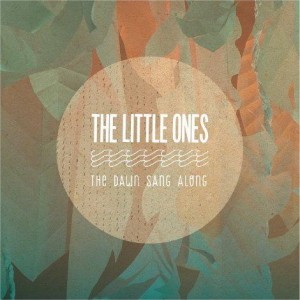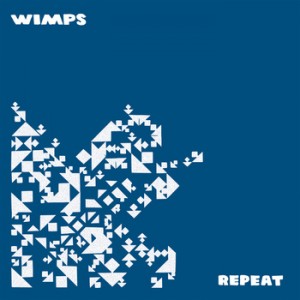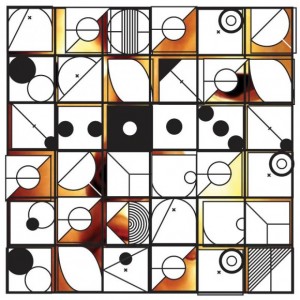Useless Eaters – Hypertension
According to his press cohorts, Seth Sutton is taking cues from Jay Reatard, at least in regards to the musical side of life. Â Never sure of when our time is up, Seth aims to release as much music with Useless Eaters as is humanly possible. Â On the newest record from the group, Hypertension, you can see the hurried force coming through; there are incredible gems, but some areas could definitely use a nice little polishing.
Hypertension opens with “A New Program,” which might not have been the best choice in the long run. Â It’s a decent song, but it doesn’t quite have the punch to kick down the doors of your eardrums and suck you right into the record. Â It’s a good thing “Moody Bitch” follows with it’s off-kilter vocals and whirling guitar/drum skirmishes. Â This is where those that have caught Useless Eaters live expected things to start, though at this point, you still might be looking for a finished version.
The previously released “Addicted to the Blade” is where things begin to take form, with an angular guitar cutting its way through from the get-go. Â There’s even some mild tension building guitar noodling in the middle of the track that really adds to the punch of this track; it’s clear why this tune was so successful as a 7″ single. Â You put that together with “Black Night Ultraviolet,” which trickles in at the sixth spot, and you’ve got two great standouts. Â On the latter number, I dig the relaxed feel to the delivery of the vocals, as well as the simplicity of the lyrics. Â These are probably the two brightest moments throughout Hypertension, though that is just one man’s opinion.
If you buy the vinyl, you’re going to notice the different leaning of the B-Side; it contains a much more metallic/electronic approach to it. Â Unfortunately, the vocals are often obscured, and again, you can’t help but wish for an improved quality in the recordings. Â For instance, “Shapes of a Mannequin” could really be a huge success, but there’s this odd echo on the vocals that really creates an affecting audial distance. Â And personally, I’d like to see the guitars sharpened just a hint, as I completely dig what’s being played.
In the end, Hypertension seems precisely as its definition would indicate: an extreme state of psychological stress, but that comes from a listeners standpoint, and not that of Useless Eaters. Â I’m stressed and frustrated because I can hear great songs lurking throughout my repeated listens, but they just hide on the very edge of greatness, then shy away to a realm of mediocrity. Â Sometimes it’s best not to rush through your ideas, letting them hang about a bit while you clean them up. Â Hopefully the next effort improves on that aspect, and if so, it could be a solid hit.
[audio:https://austintownhall.com/wp-content/uploads/2012/06/Addicted-To-The-Blade.mp3]Download: Useless Eaters – Addicted To The Blade [MP3]













